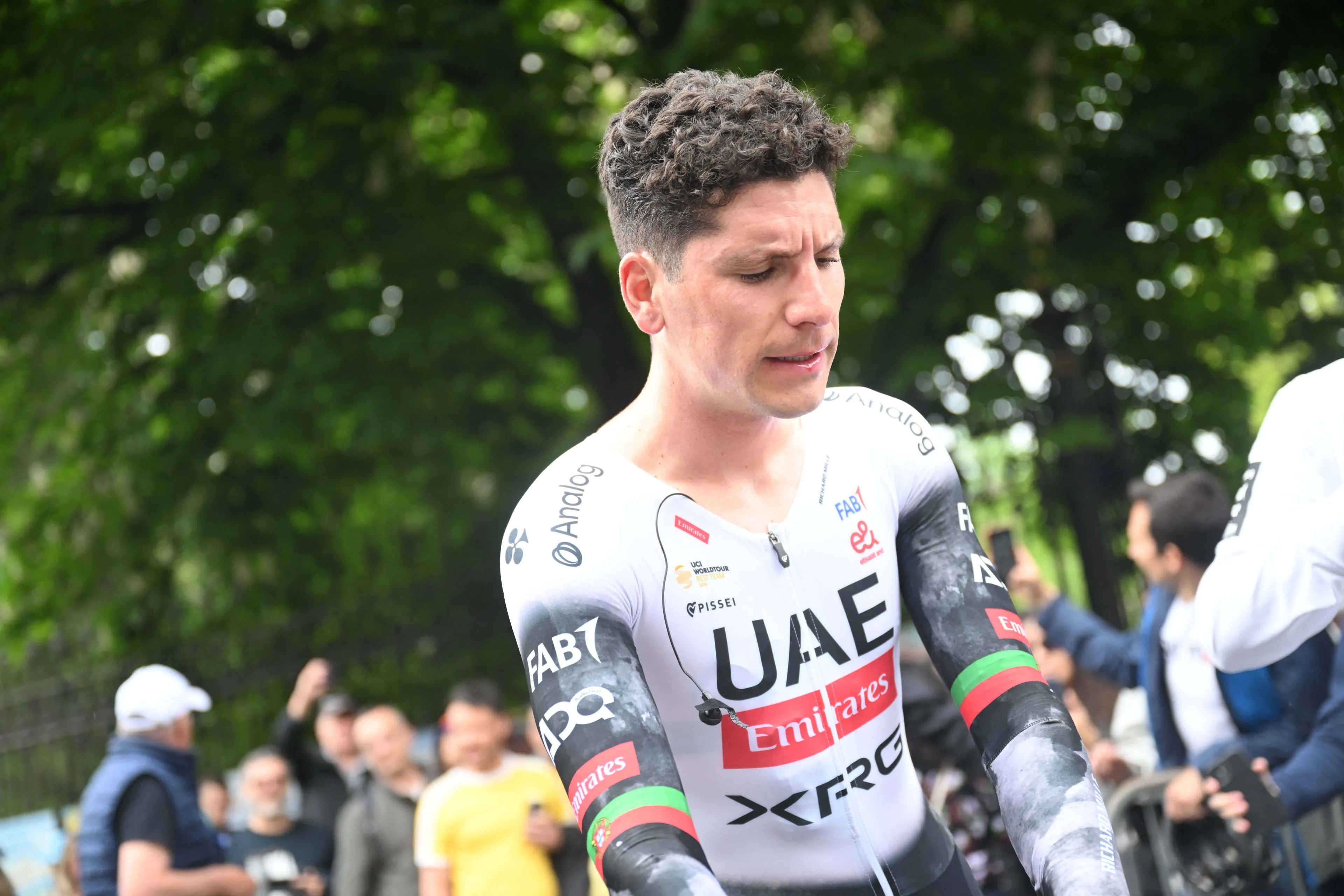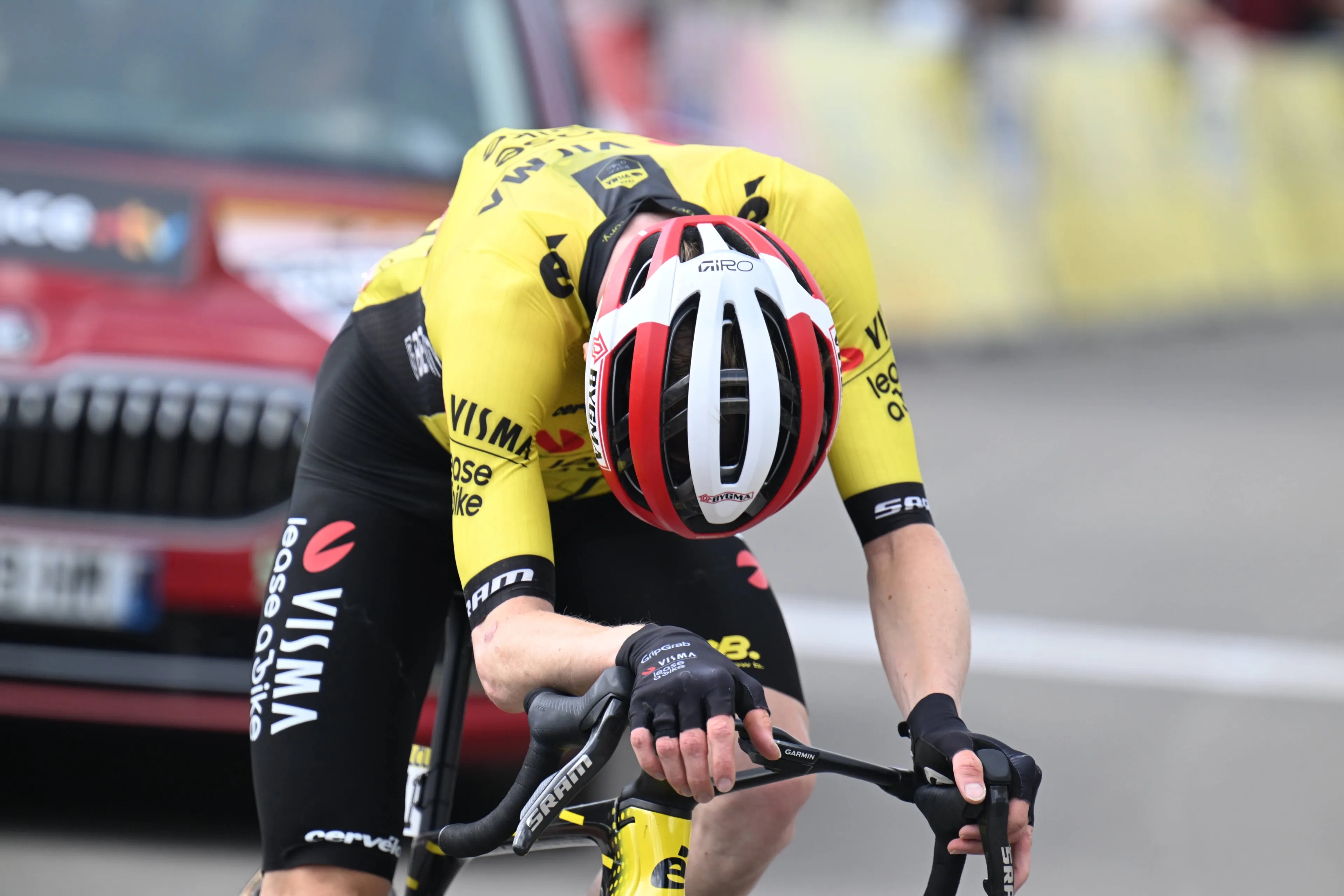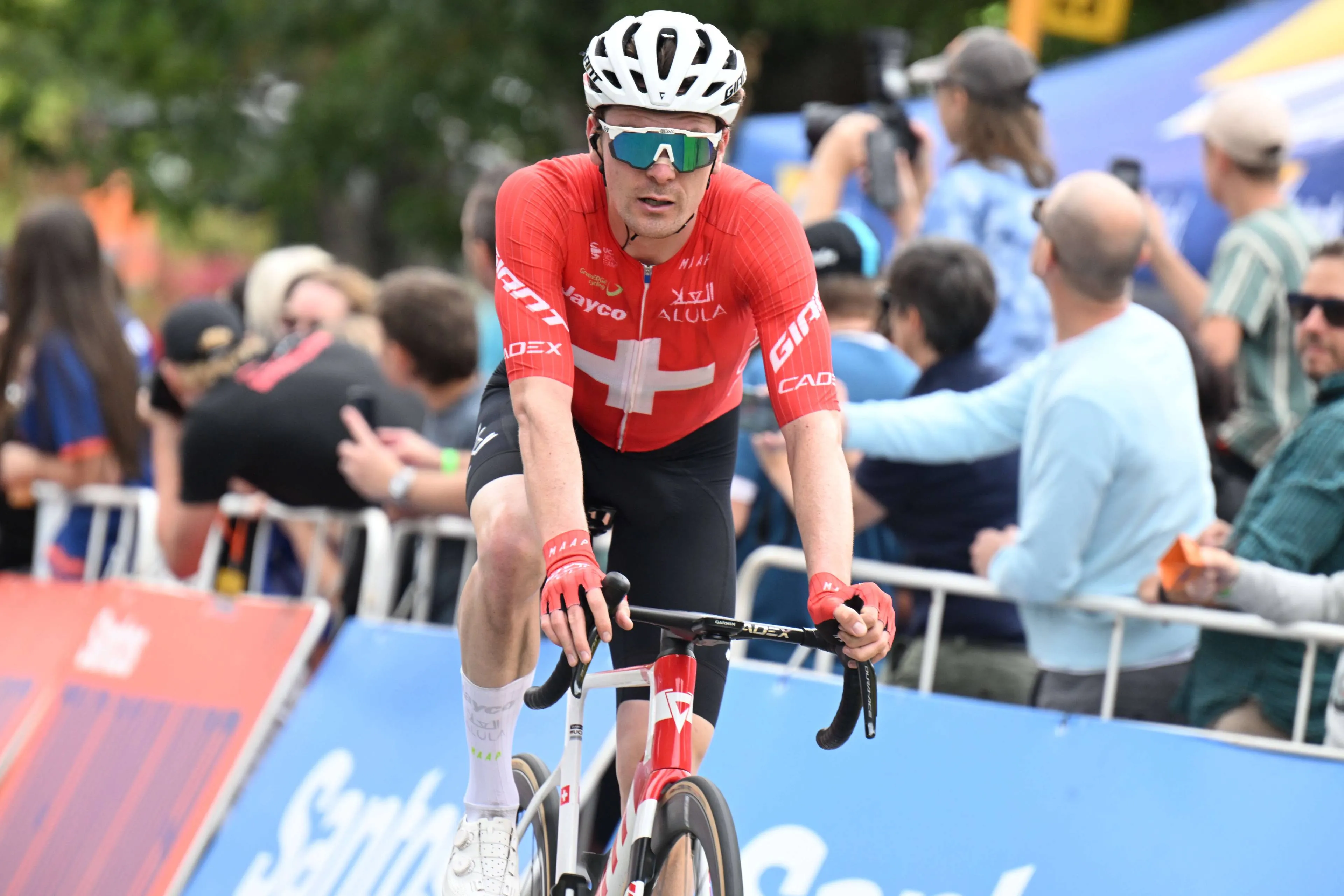Scientific explanation behind Pogacar's disappointing time trial: "His position was much better in the 2024 Tour"
CyclingTuesday, 17 June 2025 at 09:49
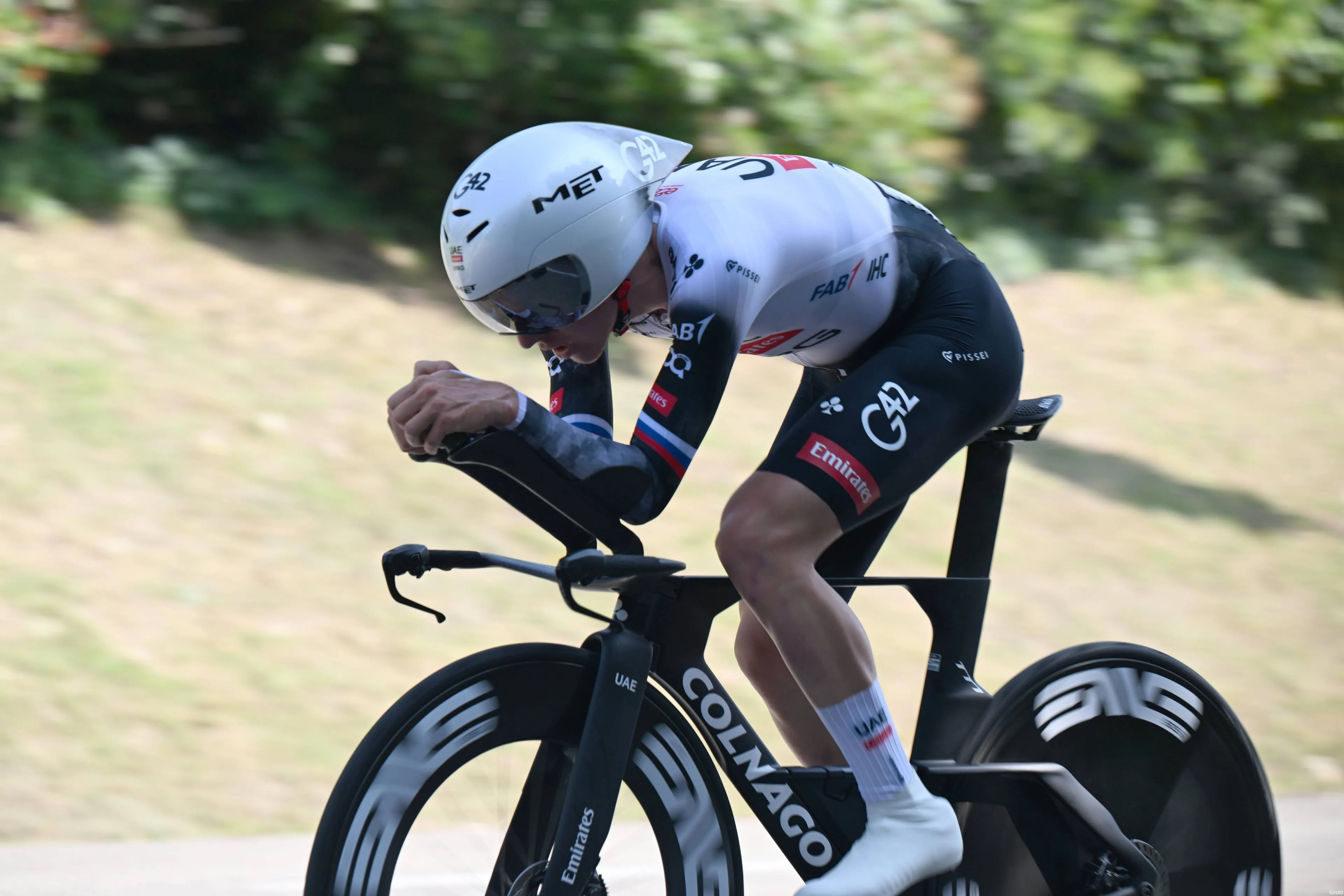
It seemed like a piece of cake for Tadej Pogacar to win the Critérium Du Dauphiné. The Slovenian dominated his rivals Jonas Vingegaard and Remco Evenepoel in the mountains, but he suffered a significant setback in the time trial. Some called it a bit of acting, but others saw it as a sign of weakness. This now seems to be backed up by scientific evidence.
Stefan Deckx is a movement analyst at the University of Antwerp and was closely involved in Victor Campenaerts' successful world hour record attempt. He gets straight to the point. “Pogacar's center of gravity is too far forward,” he tells Knack magazine. “His elbows rest on the handlebars, which means he can't put enough pressure on his rear wheel. At such high speeds, that can cause problems, especially in a corner.” Thijs Zonneveld had already drawn the same conclusion.
"The lines are wrong," says the scientist. What does that mean? As an example of the perfect position, he cites Evenepoel, who won the time trial in the Dauphiné. "With him, the intersection of the line through his shoulder and elbow and the line through the front fork is exactly in the axis, the center of the front wheel. That's perfect geometry. All the forces from the upper body come together there and balance each other out. This gives you ideal power transfer to the rotation of the front wheel, perpendicular to the road.“
Read more below the photo!
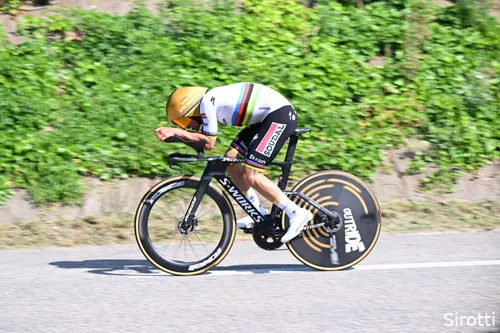
Remco Evenepoel is known for his perfect time trial position.
Time trials are like Formula 1: "He's not pushing his bike hard enough into the ground"
”With Pogacar, that intersection is behind and above the front wheel's axis. This makes his bike less stable, more difficult to control, and works against him. Moreover, he transfers the power from his upper body less efficiently. He doesn't push his bike enough into the ground, as it were – unlike the downforce of a Formula 1 car. This means the entire chain – from front to rear wheel, from elbow to foot – is less closed."
The current position of the UAE Team Emirates - XRG leader is even worse than his old position, for example, during the seventh stage of the Tour de France in 2024. "The line through his shoulder and elbow ran in front of the front wheel axle, not behind it as it does now. It even ran almost parallel to the line through the front fork. So there was no intersection with the front wheel axle, which is not ideal – as with Evenepoel – but better than Pogacar's current position.“
Read more below the photo!
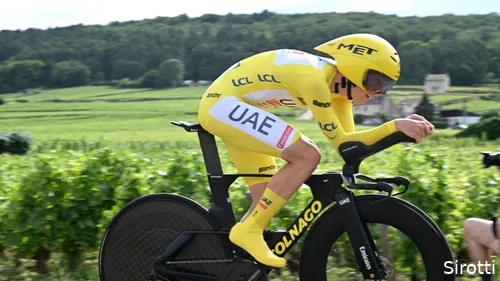
Pogacar lost much less time to Evenepoel in last year's Tour time trial than in the Dauphiné.
Less stability, less speed: "The pedal kick is less powerful"
But it's not just the steering stability that's the problem; the pelvic tilt is also not good. It is tilted backward. "The backward tilt puts more unfavorable tension on Pogacar's lower back. He is also less able to use his rear muscle chain: the gluteus maximus (the largest muscle in the body), the hamstrings, and the lower back. The pedal kick is also less powerful. He pedals flatter and, therefore, less diagonally backward. Compare it to the sloping starting blocks in athletics, where sprinters push off with their feet," Deckx compares.
So why did UAE Team Emirates change its position in such an unfavorable way? The Belgian thinks he knows. “I suspect they mainly looked at the cda value – the coefficient of aerodynamic drag – and paid too little attention to biomechanics and the body's lines of force. Pogacar may now be more aerodynamic on his bike. But that doesn't outweigh the biomechanical disadvantages.”
Read also
IDL-productions
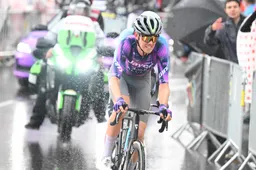
If they make the WorldTour next year, there’s work to be done at Jayco AlUla!
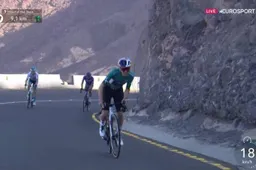
🎥 Anyone who saw Tom Pidcock dominate for Q36.5 on a 22 percent (!) climb should’ve known better back then
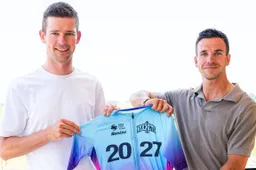
Dylan Groenewegen ready for fresh start with Unibet Tietema Rockets after early exit from Jayco AlUla
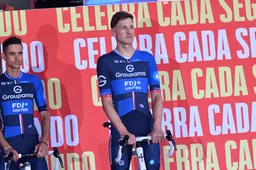
With Küng's departure, pressure intensifies on Groupama-FDJ for 2026, which appears to be changing course
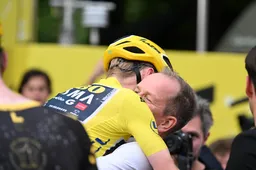
"You're missing the best party of the year" and famous Billie Jean King quote: Plugge on Tour participation for Vingegaard
Latest Cycling News
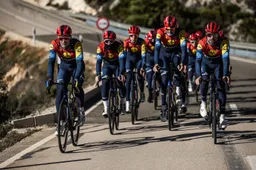
"Got a little closer to Visma, but still far from UAE"; Lidl-Trek sees the gap narrowing heading into 2026
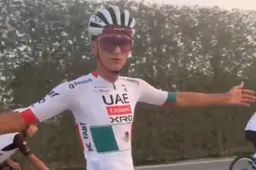
📸 Does Del Toro have the coolest national jersey next year? Mexican star shows off his new kit for the first time

If they make the WorldTour next year, there’s work to be done at Jayco AlUla!

After a great transfer period, Q36.5 has one last deal up its sleeve, completing its 2026 roster
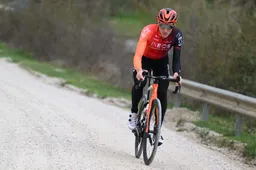
"There are only a few left who still brake’" INEOS rider leaves the "incredibly dangerous" sport of cycling behind at 36
Popular Cycling News
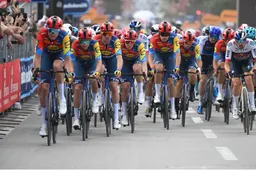
"With the aim of becoming the number one road cycling team"; Lidl-Trek lands major signing and calls it a "monumental moment"
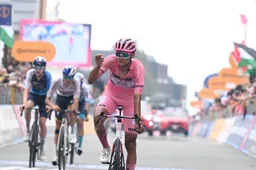
Del Toro names Visma | Lease a Bike, Carapaz, and UAE among his Giro mistakes: "You should’ve told me about van Aert earlier"
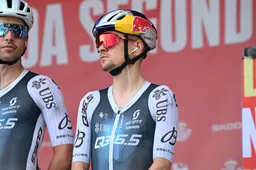
Pidcock candid after debut year as GC rider: "I don't really enjoy racing GC"
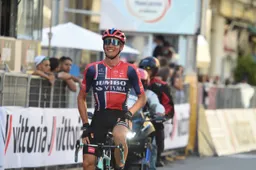
Uno-X parts ways with Former Jumbo-Visma rider after just one year: "We hope to see you back at your best"

What’s the mood like at Lidl-Trek after media spat between Ayuso and Skjelmose? "That’s when things got messy," says team boss
Latest Comments
- Now the Palestinian protestors can stop their whining. Trump came to the rescue. So they can now STFU and go back to waving the rainbow flags.raufus15-10-2025
- Cracked the code lol. If it was that easy to 'crack the code' jonny Vegas would be charging up the Kwaremont giving Pog a dose of his medicine. Evenepoel can't match pog on a climb and neither can mvdp. Anything with a half difficult climb and Pog smashes the field. Even on flat(ish)parcours like Roubaix it came down to a mistake and crash by pog to definitively crown mvdp. MSR is the only one that Pog probably won't win.kevpt10-10-2025
- We've seen this movie before. I think Pogacar is doping.DeadBlow10-10-2025
- 👍Bea08-10-2025
- 👌🏻Bea08-10-2025
- What the data doesn't show is how much of an effect drafting had for evenepoel. Pogacar went with del toro at 100km whilst Evenepoel was still in the bunch. Despite the bike changes he still had a lot of assistance getting back to the bunch. Pogacar then rode 60km solo whilst evenepoel rode with Healy/Skjelmose until going solo in thd last 10-15km. Thats ~20% less power / energy requirements for 45-50km. Apples and oranges...kevpt30-09-2025
- 👏👏Bea24-09-2025
- Agreed! As we all know now, Juan Ayuso will be on another team. But it was sweet to see him win the stages at La Vuelta. I do love the drama of cycling admittedly but its clear to see the talent of winners of stages in a Grand Tourryhw2814fq921-09-2025
- Pogacar has no competition he has won everything, I cant imagine even being him in that position!! Crazy. I am sure he has some back up plan for how he wants to spend his retirement years at age 30 onward. Does he like beer? Plenty of innovation in brewing. And you don't have to be super social. Chapeau/Cheers whatever you like Tadej you will do.ryhw2814fq921-09-2025
- Plus its confirmed that the Philadelphia Cycling Classic up the Manayunk Wall is back for 2026! hooray for thatryhw2814fq918-09-2025
Loading
